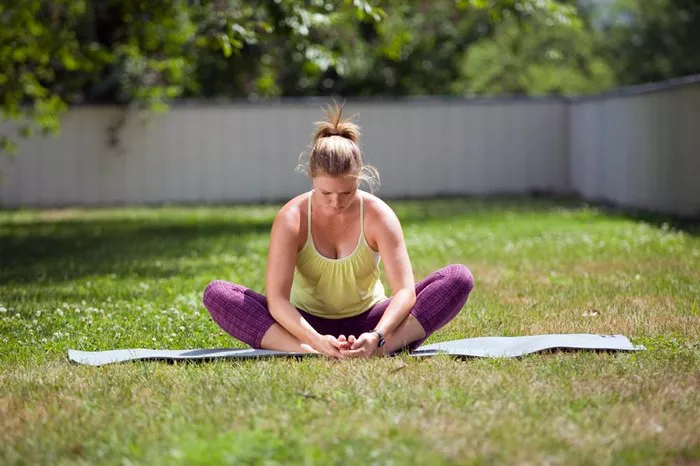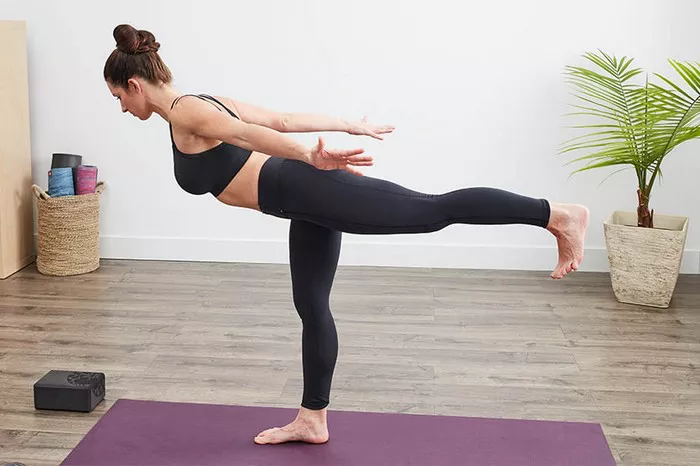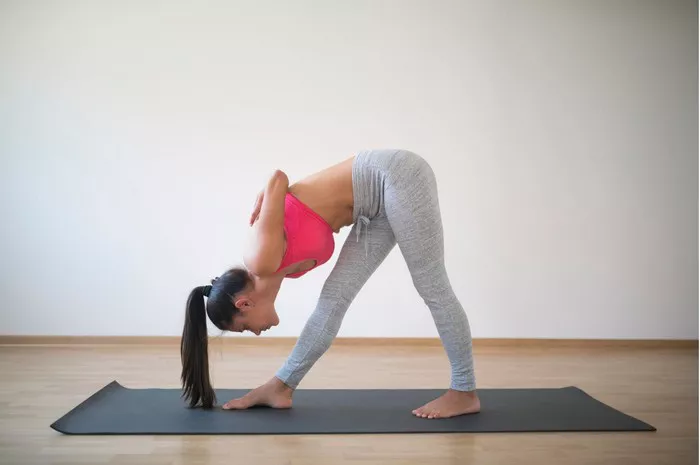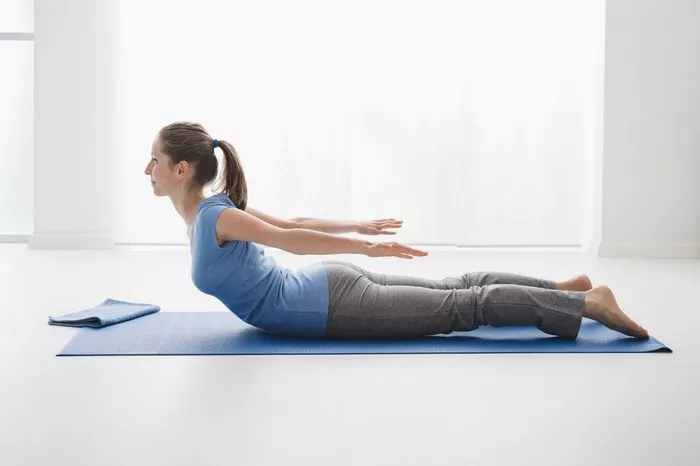Yoga is an ancient practice that has evolved over thousands of years. It’s a holistic discipline that incorporates physical postures, breathing techniques, meditation, and ethical principles. Two of the most widely practiced forms of yoga are Hatha Yoga and Raja Yoga, both of which play crucial roles in helping practitioners achieve balance, health, and spiritual growth. However, despite their shared goal of uniting the body, mind, and spirit, they differ significantly in their approach and methodology.
In this article, we will explore the fundamental differences between Hatha Yoga and Raja Yoga. By understanding the essence of each, we can better appreciate how they contribute to our physical and spiritual well-being.
Hatha Yoga: A Path to Physical Health and Inner Balance
Definition and Origins
Hatha Yoga, a term that is often used to describe physical yoga practices, derives its name from the Sanskrit words “ha” (sun) and “tha” (moon), symbolizing the union of opposites. The practice of Hatha Yoga focuses on the physical aspect of yoga, including asanas (postures), pranayama (breathing exercises), and other techniques aimed at creating balance and harmony within the body and mind.
Hatha Yoga is often regarded as the foundation for many other styles of yoga. It is a system of practices that originated in India, primarily attributed to the yogi Swatmarama, who wrote the Hatha Yoga Pradipika (The Light on Hatha Yoga), one of the key texts that laid the groundwork for this practice.
Core Principles of Hatha Yoga
Asanas (Physical Postures): The most recognizable element of Hatha Yoga is the practice of asanas. These physical postures are designed to stretch and strengthen the body, improve flexibility, and promote overall physical health. Through regular practice, individuals can build a strong, flexible body, reduce stress, and enhance vitality.
Pranayama (Breathing Techniques): Pranayama is the practice of controlling the breath to enhance the flow of life energy (prana) in the body. Hatha Yoga emphasizes various pranayama techniques that help purify the body, calm the mind, and improve mental clarity. Deep, controlled breathing also aids in the practice of asanas, ensuring that the practitioner moves with awareness and mindfulness.
Detoxification and Cleansing: Hatha Yoga incorporates certain cleansing techniques known as shatkarmas to remove impurities from the body. These practices include neti (nasal cleansing), basti (colon cleansing), and kapalbhati (a form of breathing that detoxifies the body). These cleansing techniques help purify the body and mind, making them more receptive to higher spiritual practices.
Physical Health and Mental Well-Being: One of the primary goals of Hatha Yoga is to achieve physical health, mental peace, and emotional balance. It focuses on cultivating awareness of the body and breath, which not only improves physical fitness but also brings mental clarity and emotional stability.
Benefits of Hatha Yoga
Improved Flexibility and Strength: The asanas in Hatha Yoga stretch and strengthen muscles, increasing flexibility and promoting a toned, healthy body.
Better Posture and Alignment: The focus on alignment during asanas can improve posture and prevent musculoskeletal issues.
Mental Clarity and Relaxation: By combining physical movement with breath awareness, Hatha Yoga helps release tension, quiet the mind, and improve mental clarity.
Stress Reduction: The gentle, mindful movements of Hatha Yoga are effective in reducing stress and calming the nervous system.
Enhanced Circulation and Detoxification: The practice helps improve blood flow, boost energy levels, and support the body’s natural detoxification processes.
Raja Yoga: The Path of Meditation and Self-Mastery
Definition and Origins
Raja Yoga, often called the “royal path” of yoga, is a comprehensive system that emphasizes meditation as the primary tool for attaining mental control, self-realization, and spiritual awakening. The term “Raja” means “king,” symbolizing the ultimate goal of yoga—the mastery of the mind. Raja Yoga is traditionally outlined in the Yoga Sutras of Patanjali, one of the most revered texts in the yogic tradition.
Unlike Hatha Yoga, which is primarily concerned with physical postures and breathing techniques, Raja Yoga focuses on mental discipline and meditation to achieve deep states of self-awareness and spiritual growth.
Core Principles of Raja Yoga
The Eight Limbs of Yoga (Ashtanga Yoga): Raja Yoga is often taught through the framework of the Eight Limbs of Yoga, which are outlined in the Yoga Sutras by Patanjali. These eight limbs serve as a comprehensive guide to personal and spiritual development. They are:
- Yama (Ethical Principles): Guidelines for living a moral life, including non-violence, truthfulness, and contentment.
- Niyama (Personal Observances): Practices for cultivating personal discipline, such as cleanliness, contentment, and self-study.
- Asana (Physical Postures): While not the main focus of Raja Yoga, physical postures are still used to prepare the body for meditation.
- Pranayama (Breathing Techniques): Breath control is used to calm the mind and prepare it for meditation.
- Pratyahara (Withdrawal of the Senses): The practice of turning the attention inward, away from external distractions.
- Dharana (Concentration): Focused concentration on a single object or thought to bring the mind to a point of stillness.
- Dhyana (Meditation): The practice of deep, continuous meditation to achieve inner peace and spiritual insight.
- Samadhi (Enlightenment): The ultimate goal of Raja Yoga—union with the divine or the realization of the true self.
The Mind and Meditation: Raja Yoga emphasizes the importance of meditation as a means to purify the mind and gain control over its fluctuations. By mastering concentration (dharana) and progressing into deeper states of meditation (dhyana), the practitioner ultimately reaches a state of self-realization (samadhi).
Mental Control and Self-Mastery: The practice of Raja Yoga is focused on cultivating mental control, overcoming distractions, and achieving a state of inner stillness. It teaches practitioners to detach from external sensory input and become more attuned to their inner state. This is considered a prerequisite for spiritual awakening.
Benefits of Raja Yoga
Mental Clarity and Focus: The practice of meditation and concentration sharpens the mind and improves mental clarity, focus, and memory.
Inner Peace and Emotional Stability: Raja Yoga promotes emotional equilibrium by teaching practitioners to detach from their thoughts and emotions, leading to a deep sense of peace.
Self-Realization and Spiritual Growth: Through meditation and self-discipline, Raja Yoga guides individuals toward spiritual awakening and a deeper understanding of their true nature.
Stress Reduction: The deep meditative practices of Raja Yoga calm the nervous system and reduce stress, anxiety, and negative emotions.
Enhanced Self-Awareness: By quieting the mind, Raja Yoga fosters a profound sense of self-awareness and introspection, which can lead to personal transformation.
Key Differences Between Hatha Yoga and Raja Yoga
While both Hatha Yoga and Raja Yoga ultimately aim to promote well-being, self-realization, and spiritual awakening, they differ in their approaches and focus. Here are the key distinctions between the two:
Focus on Physical vs. Mental Practices:
Hatha Yoga places a strong emphasis on physical postures (asanas) and breath control (pranayama). It is considered a preparatory practice for meditation and spiritual growth.
Raja Yoga, on the other hand, is centered on meditation and mental control. It focuses on quieting the mind, developing concentration, and attaining self-realization through meditation.
Role of Asanas (Postures):
Hatha Yoga relies heavily on asanas to stretch and strengthen the body, preparing it for deeper practices like meditation.
Raja Yoga uses asanas only as a means to prepare the body for sitting in meditation. The primary focus is on the mind, not the body.
Approach to Spirituality:
Hatha Yoga is more of a physical practice that creates a foundation for higher spiritual practices. It emphasizes balance, health, and personal well-being.
Raja Yoga is a more mental and spiritual path that aims at mastering the mind, leading to enlightenment and self-realization.
The Path to Liberation:
Hatha Yoga is a more gradual path that integrates body, breath, and mind. It is often seen as a way to purify the body and prepare it for deeper spiritual practices.
Raja Yoga directly addresses the mind and seeks to achieve liberation (moksha) through the mastery of mental states and spiritual insight.
Conclusion
Both Hatha Yoga and Raja Yoga offer profound benefits for those on a path of self-improvement, whether in terms of physical health, mental clarity, or spiritual awakening. Hatha Yoga lays the groundwork by addressing physical health and preparing the body for deeper practices, while Raja Yoga focuses on mental discipline and meditation, aiming for ultimate spiritual realization.
Ultimately, choosing between the two depends on your personal goals. If you seek a practice that combines physical movement with mental relaxation, Hatha Yoga may be the right fit for you. If, however, your goal is to delve deeply into meditation and master the mind, Raja Yoga offers a comprehensive framework for spiritual growth.
Many practitioners find that combining elements of both styles can lead to a more well-rounded and fulfilling yoga practice, where the physical practices of Hatha Yoga support the meditative practices of Raja Yoga, ultimately leading to a more balanced and harmonious life.
Related Topics:

















